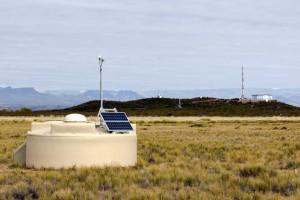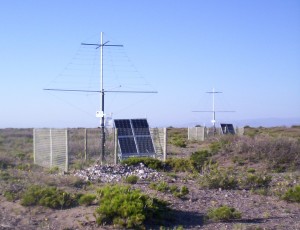A group of researchers from the Institute of Space Science (ISS), Magurele Campus of Physics, has joined the Pierre Auger Observatory collaboration (Auger) at the end of 2012. The collaboration is an opportunity for Romanian researchers to contribute to exploring the mysteries of ultra-high energy cosmic rays that enter Earth’s atmosphere from outer space showering the ground. The Auger experiment covers an area from the Argentine Pampas 10 times larger than that of Bucharest.
The group of researchers from ISS involved in the Auger experiment is represented by physicist Dr. Paula Gina Isar.
“Every second the Earth is bombarded by cosmic particles. After a century since their discovery, it is not known yet where they come from, how they are produced and accelerated to such enormous energies: it could be a black hole in our galaxy or in other galaxies”, says Gina Isar.

Auger, the largest cosmic ray observatory in the world, records the secondary particles generated by these cosmic messengers through an array of 1660 water tanks in parallel and complementary with 27 optical telescopes and 24 radio antennas (the present stage). The experiment expands on an area of 3000 km2 from the Province of Mendoza, Argentina — 10 times the area of Bucharest.
“The observed particle energies reach far beyond what CERN’s LHC can reach for studying fundamental physics”, says Gina Isar.
The study of cosmic rays is important because they are direct matter from outside the solar system. Studying them we could find clues about our own origins, about how our solar system evolved and about the dynamics of our galaxy.
Romania has been an “associated country” to Auger for three years (since 2011) with the sponsorship of Germany/Karlsruhe Institute of Technology (KIT). It is already represented by the Institute of Physics and Nuclear Engineering “Horia Hulubei”, the University of Bucharest and the Polytechnic University of Bucharest. With the addition of the ISS, the Auger collaboration counts 94 institutional members from 18 countries.

“Auger is a big challenge for cutting-edge contributions from Romania, which is targeting for full membership within one year now”, says Johannes Blümer, senior member of the Auger project and spokesperson of the KIT Center Elementary Particle and Astroparticle Physics KCETA.
“If all goes well, Auger will continue to operate with an improved apparatus for 10 more years!”
